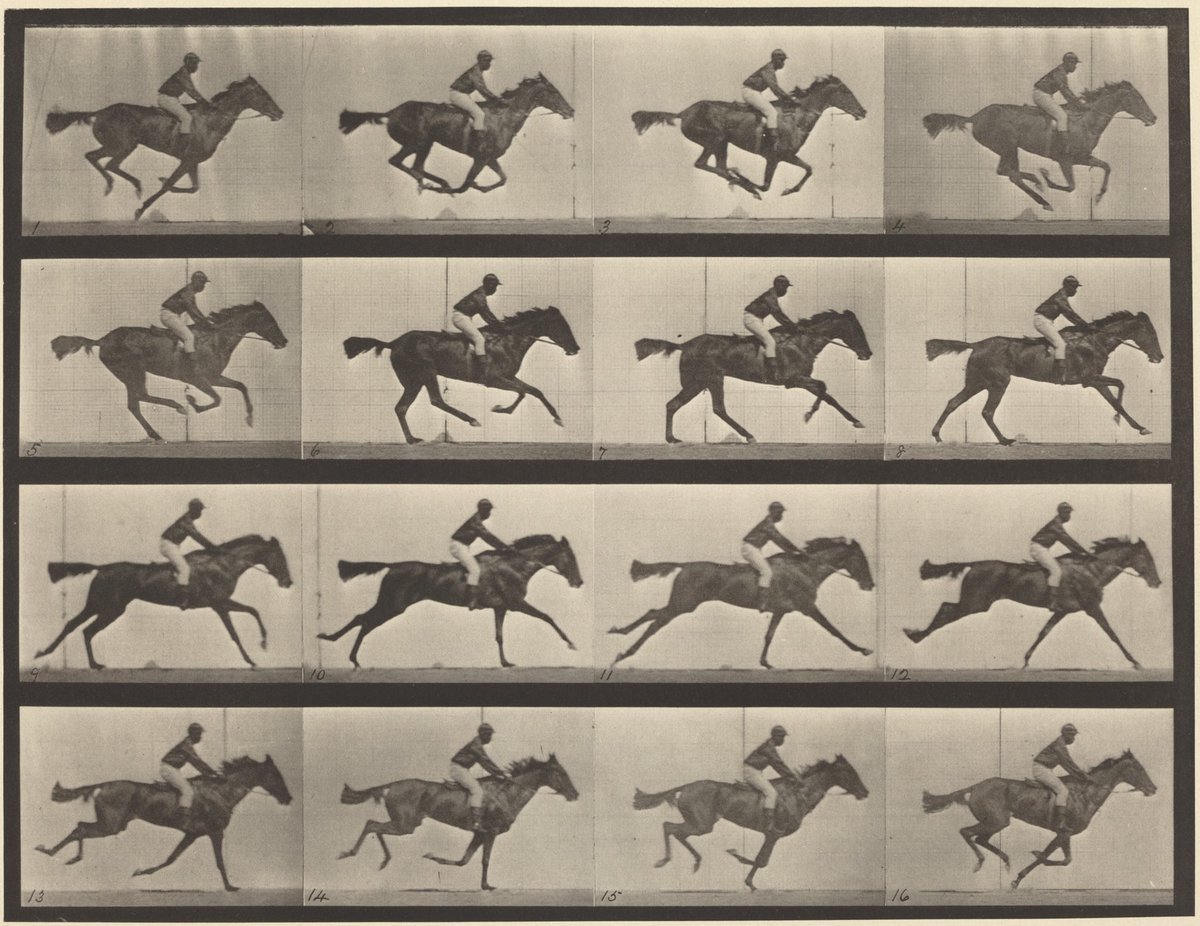
Footnotes of History
@curious_ledger
Everything is more interesting when you look at it through a historical lens.
In 1880, this Woolworth Bros. store in Harrisburg, PA helped launch a retail revolution. Frank W. Woolworth’s 5¢ store model offered fixed prices and self-service shopping—radical ideas that would shape the future of retail for over a century.
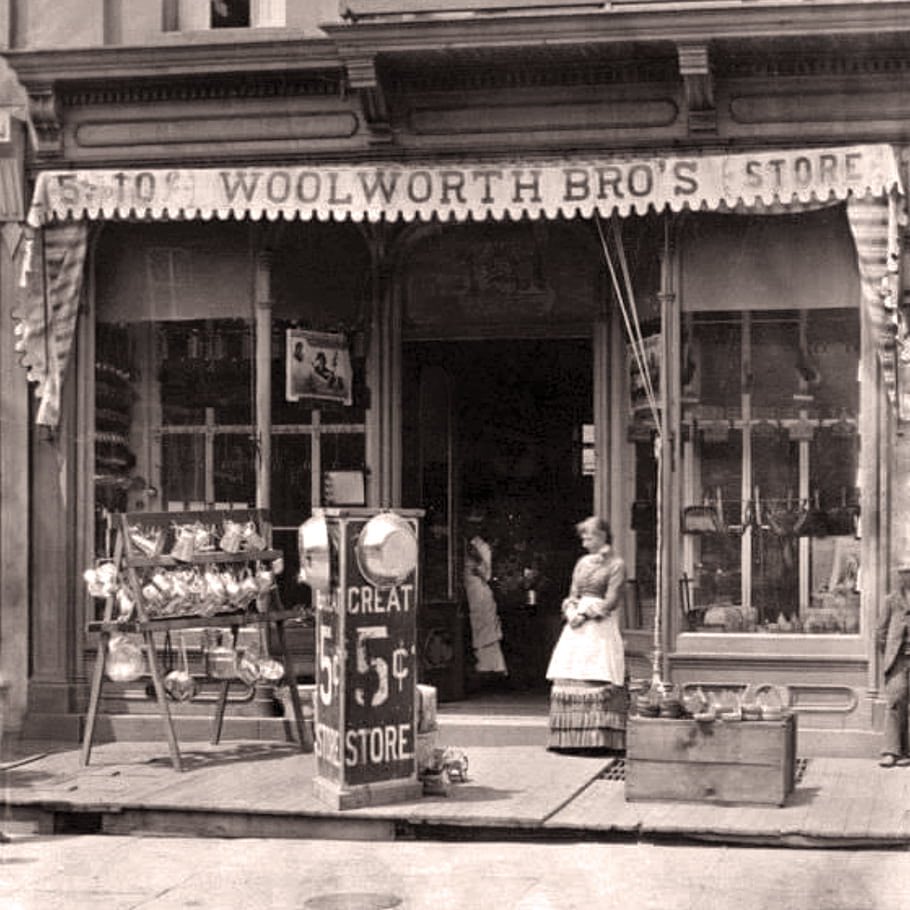
Golden bundles under a blazing sky—Van Gogh captures the intensity of summer harvest in every brushstroke. “The Harvest” (1888) celebrates the timeless rhythm of rural life, where toil meets beauty in fields of wheat and light.
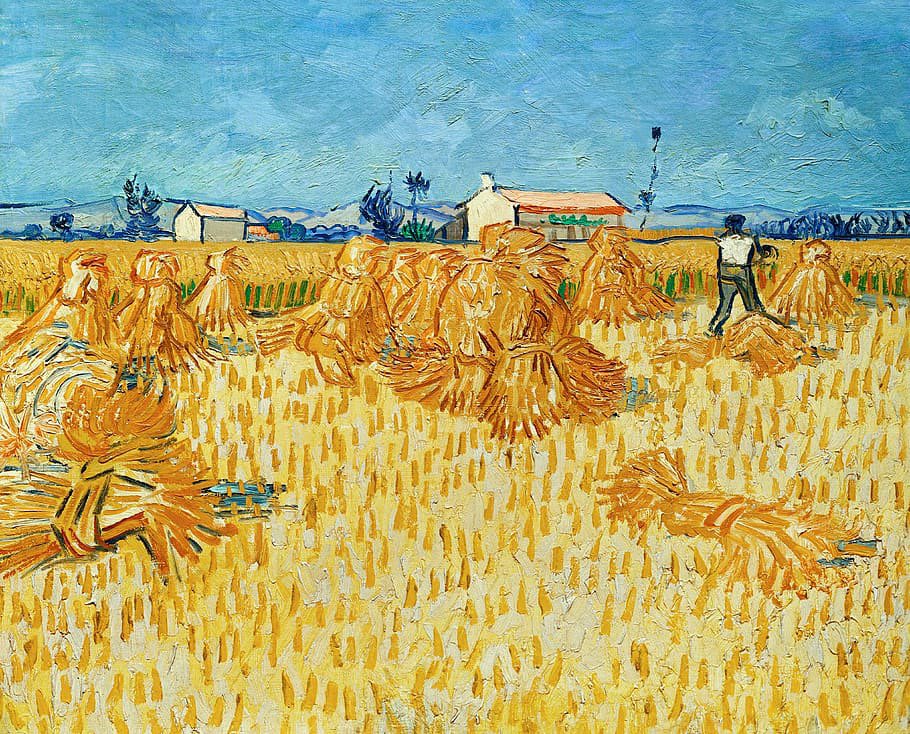
A crowd gathers in 1923 to inspect a broken-down Chevrolet in the heart of the city. The left front wheel has completely snapped off—an all-too-common sight in the early days of motoring. Back then, every car problem became a public spectacle.
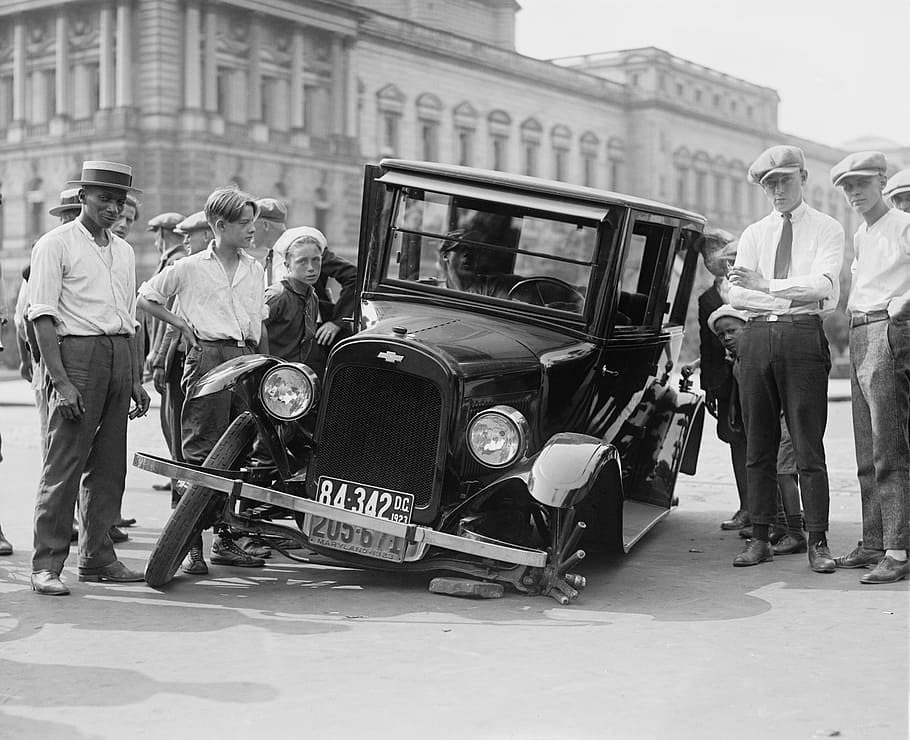
In the frozen forests of Sarikamish, 1915, Russian troops huddle in trenches during one of WWI’s most brutal battles. Fighting the Ottoman Empire in deep snow and deadly cold, it wasn’t just bullets that killed—temperatures dropped below -30°C (-22°F), claiming tens of thousands.
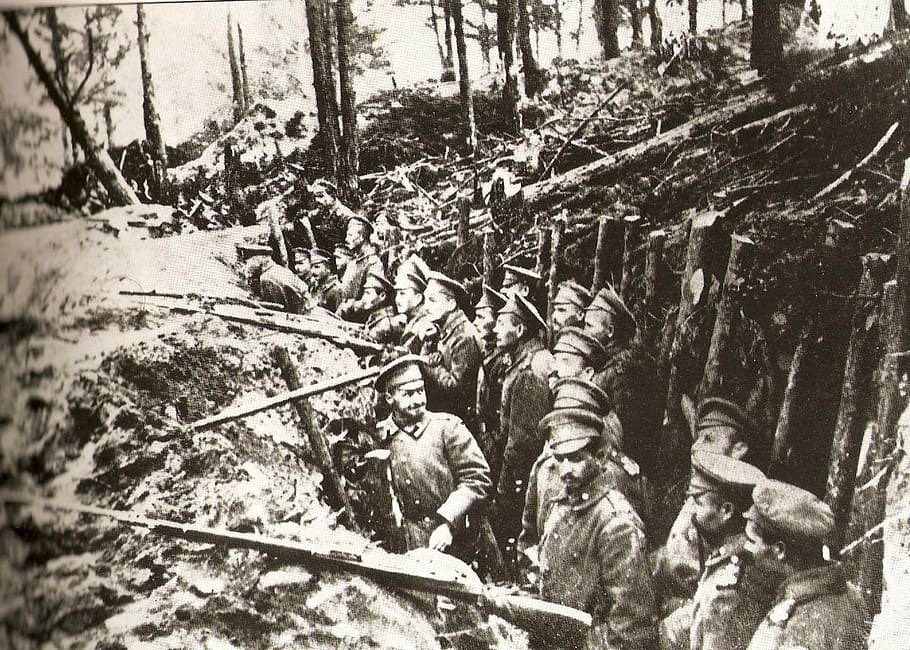
Behold Manhattan in 1870—a teeming hub of commerce and ambition. The Brooklyn Bridge rises on the right, steamships crowd the harbor, and Central Park stretches north. A stunning bird’s-eye glimpse of New York City on the brink of becoming a global powerhouse.
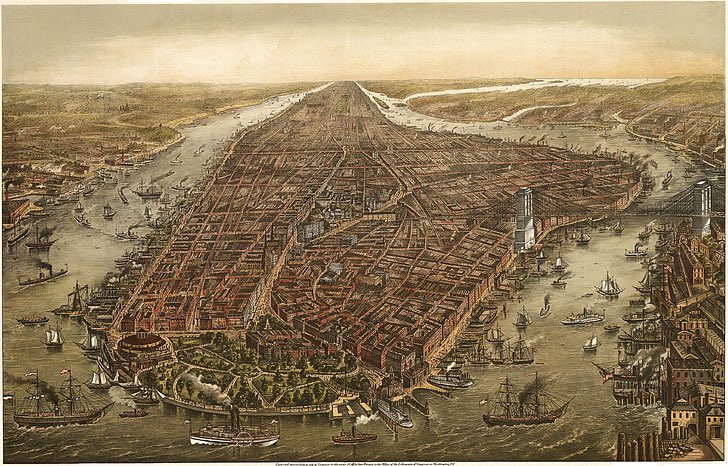
In 1925, two titans of physics—Albert Einstein and Niels Bohr—shared more than theories. They shared ideas that reshaped reality. Captured here in deep conversation, their debates over quantum mechanics would spark a scientific revolution.
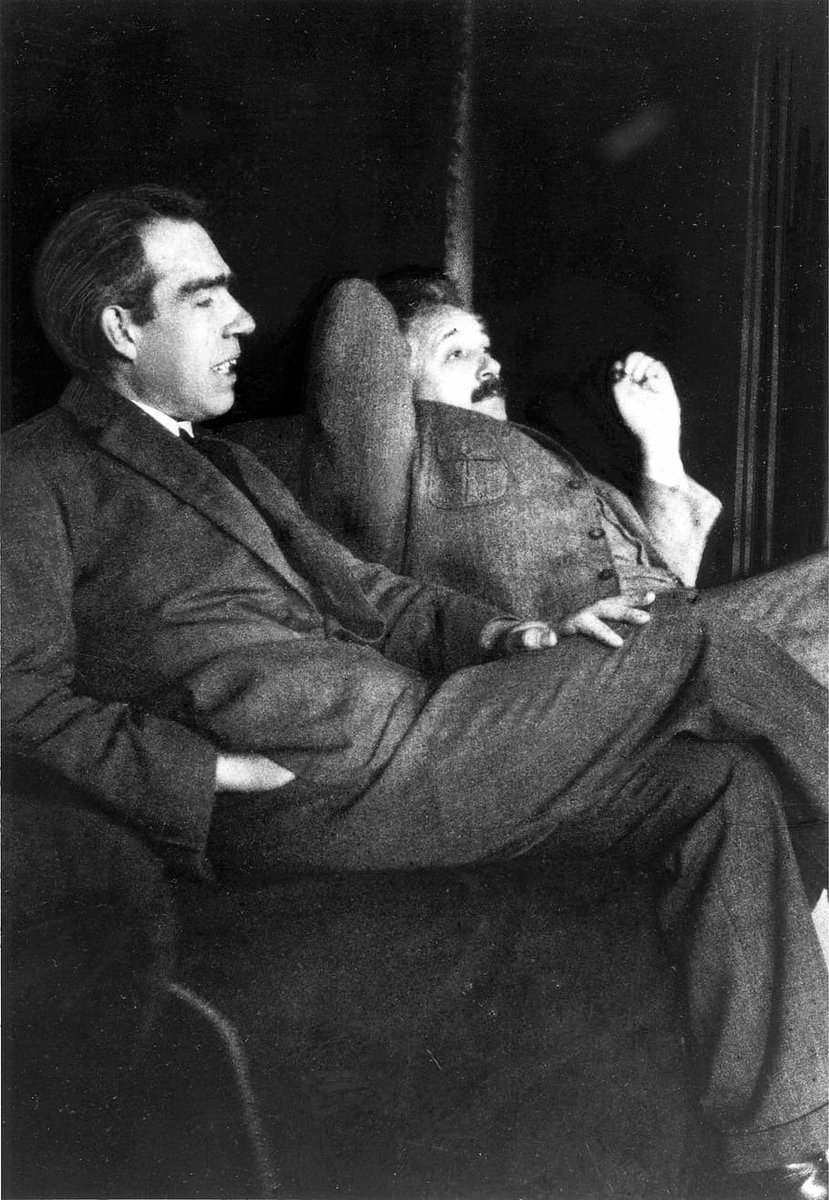
Paris, winter of 1919–1920. Just months after World War I ended, snow blankets the city as a horse-drawn carriage makes its way across a quiet, icy street. The lamps, statues, and silence evoke a Paris both timeless and in transition.
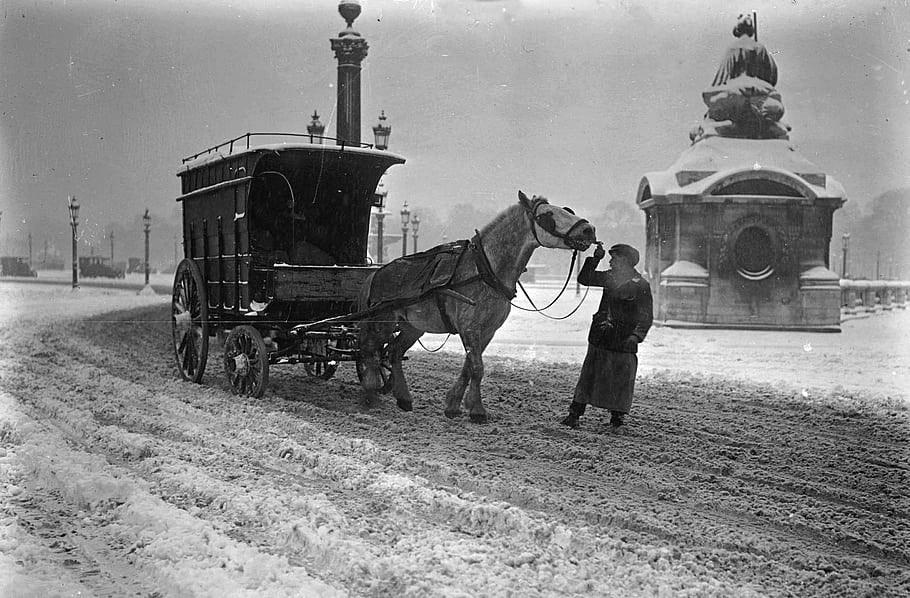
San Francisco, 1851. The Gold Rush transformed a quiet bay town into chaos overnight. So many sailors abandoned ship to seek gold that the port filled with ghost vessels—some turned into hotels, jails, even saloons. The harbor became a forest of masts.
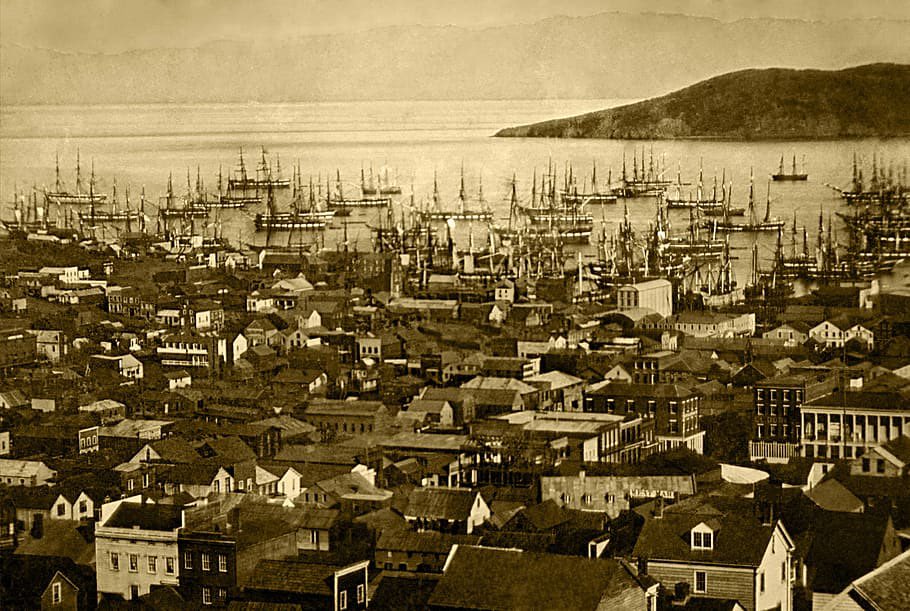
In 1920, 8-year-old chess prodigy Samuel Reshevsky stunned the world by taking on dozens of adult opponents at once—and often beating them. Calm in his sailor suit, he played without notes, pausing only to think. The adults? They could barely keep up.
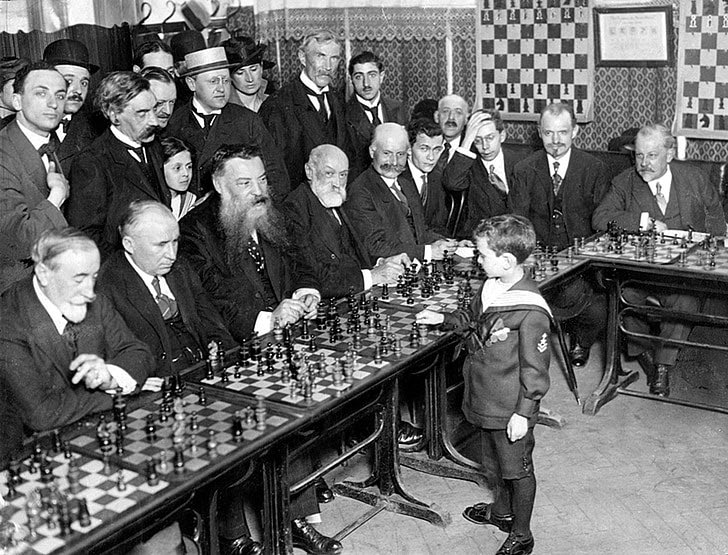
In 1910, these boys toiled at Avondale Mills in Birmingham, Alabama. Child labor was rampant—long hours, dangerous machines, and little pay. Lewis Hine’s photographs, like this one, exposed these harsh realities and fueled the movement for labor reform.
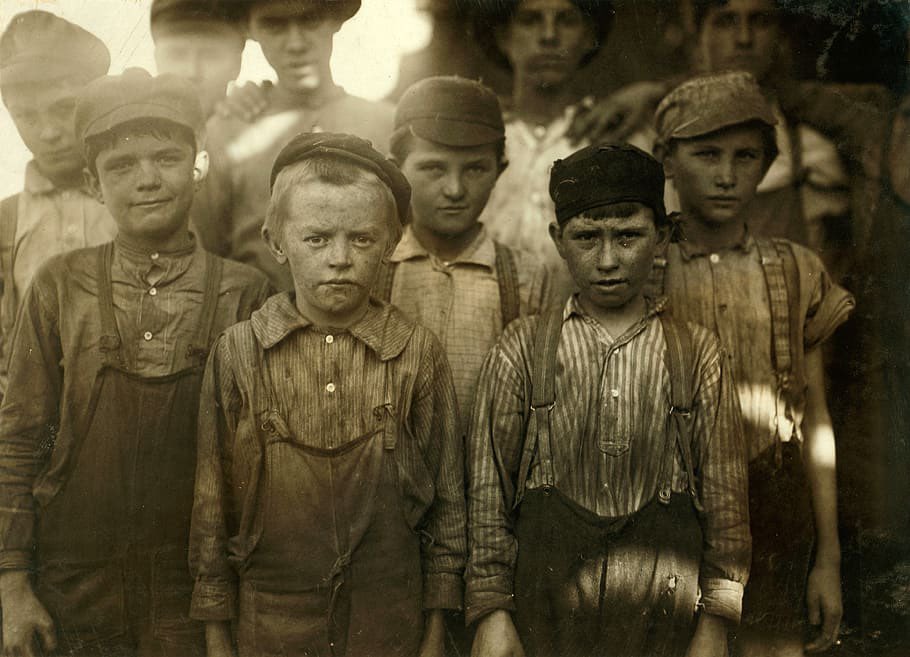
In 1878, Lady Liberty’s head stood in Paris’s Champ de Mars during the Exposition Universelle—part of a fundraiser for the statue. The full statue was shipped to the U.S. in 1885 and unveiled in New York Harbor on October 28, 1886. A symbol born of two nations.

Times Square, then and now. In 1908, the new Times Tower rose above trolleys and quiet streets—no billboards, just headlines. Today, that same spot blazes with digital ads and energy, watched over by the Paramount clock. A century turned a square into a global stage.


This 1900 Coca-Cola ad features Hilda Clark, a popular light opera and dance hall performer. She became the first celebrity to endorse the brand, appearing in ads from 1899 to 1903—marking the beginning of Coca-Cola’s long tradition of star-powered marketing.

This 1852 photo shows Conrad Heyer, born in 1749 and a veteran of the American Revolution. He served in the Continental Army during the war and lived to be 103. Heyer is one of the earliest-born people ever photographed—his life spanned from colonial America to the dawn of…
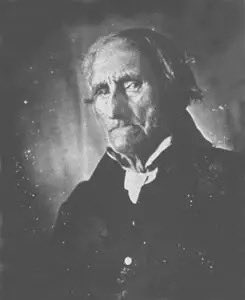
Before Glen Canyon Dam tamed its flow, the Colorado River carved Horseshoe Bend over millions of years. Native peoples lived near its banks for centuries. Today, this iconic curve near Page, Arizona, stands as a timeless monument to nature’s raw, untamed past.
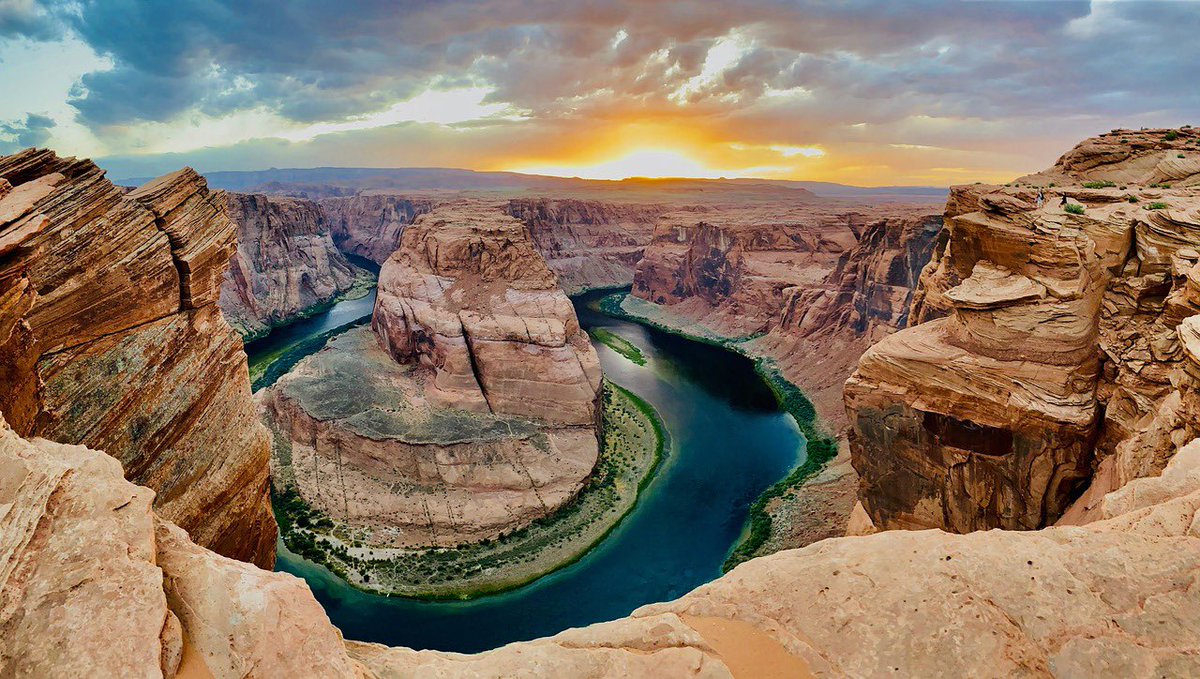
Rising over Istanbul’s skyline, the Blue Mosque was completed in 1616 to rival the grandeur of Hagia Sophia. With six minarets, a vast dome, and 20,000 blue tiles inside, it’s both an architectural marvel and a living place of worship. Built by Sultan Ahmed I.

Kansas, 1884—one of the earliest known photos of a tornado. In an era before Doppler radar or storm warnings, this ghostly funnel twisted its way into history. A rare shot of nature’s fury, captured by 19th-century courage and a steady hand.

Stonehenge c.1885—before restoration, before ropes, before crowds. Just a few carts rolling by an ancient wonder that had stood for millennia. A rare glimpse of a time when the past was part of the everyday.
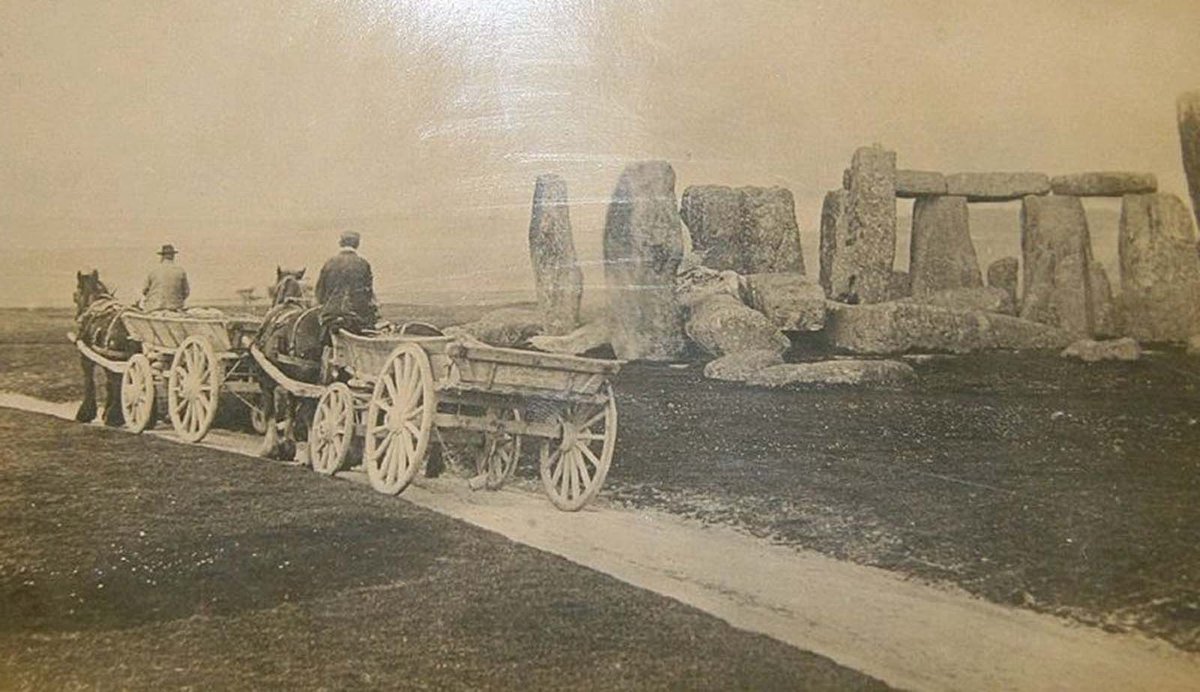
Before the beard, the war, and the presidency—this 1846 daguerreotype is the earliest known photo of Abraham Lincoln. Just 37 years old, he was a first-term congressman, not yet the legend. A rare glimpse of history in its making.
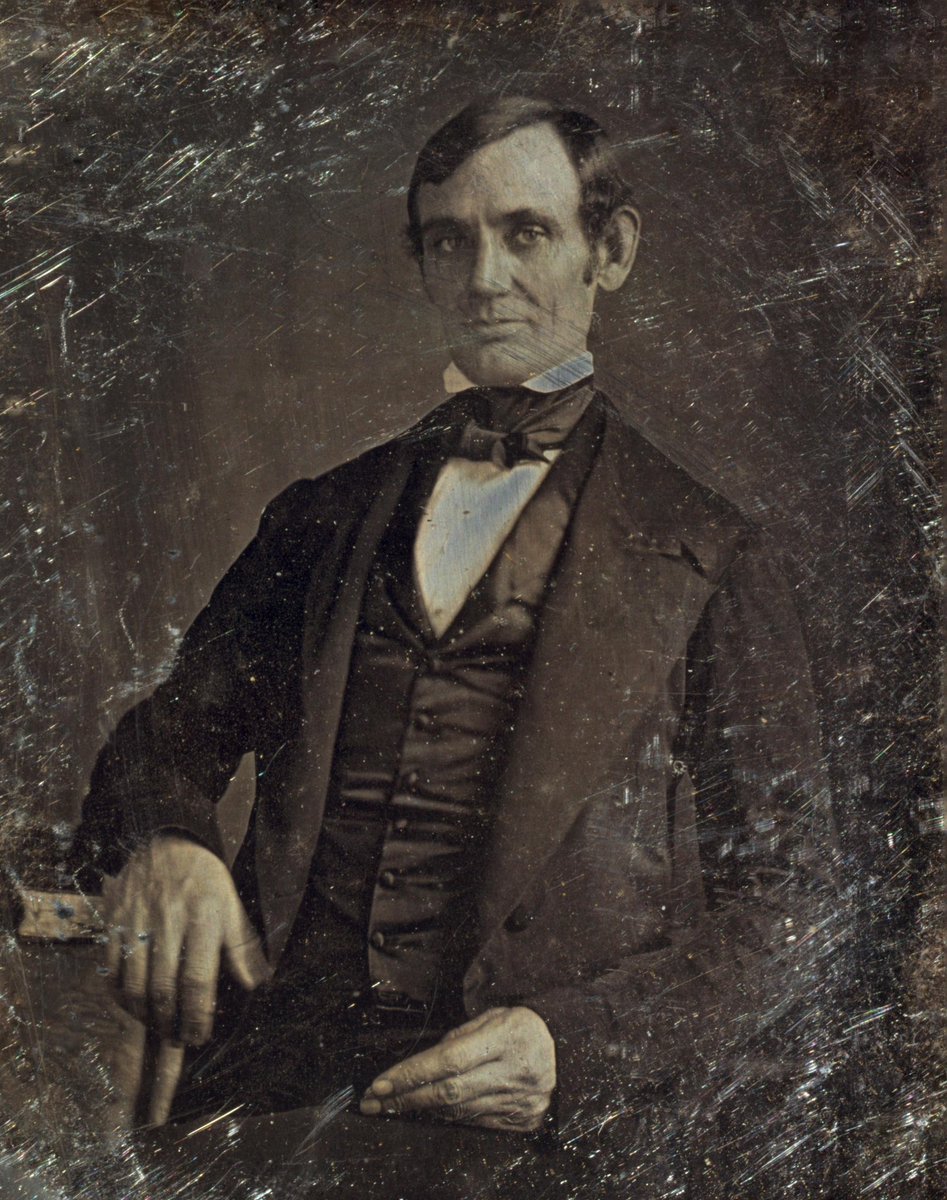
In 1878, Eadweard Muybridge settled a debate: Do all four of a horse’s hooves leave the ground during a gallop? Using a series of rapid-fire cameras, he captured the answer—yes. His work didn’t just prove a point; it paved the way for motion pictures.
